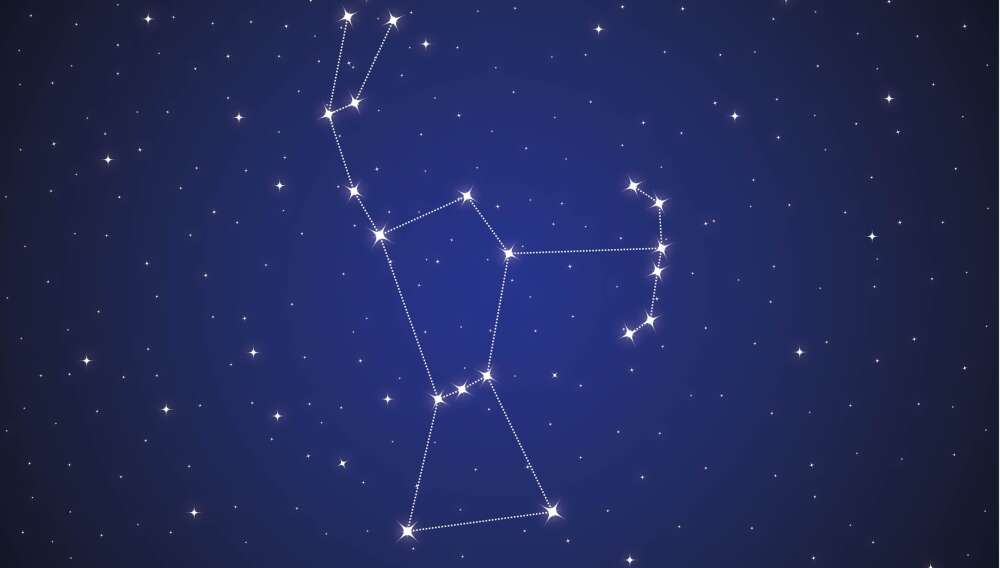Right now, Earth is passing through the cloud of dust and debris trailing probably the most famous comet of them all, Halley’s Comet. These cosmic explosions that light up the night sky at this time of year are the Orionids meteor shower and this year it’s peaking tonight and in the early hours of tomorrow.
So far this year, good meteor showers have been thin on the ground due to the unfortunate timing of showers and full Moons, which tend to outshine anything in their vicinity including celestial sparkles whizzing across the night sky. The Orionids however, are peaking well after October’s full Moon, meaning dark skies should offer up 10-40 shooting stars an hour.
Meteors are known as shooting stars due to the flashes of light caused by the pieces of dust and rock – some as small as a grain of sand – burning up in the atmosphere as Earth moves through a comet’s tail. Meteor peaks are when we move through the greatest number of particles in a comet stream, creating the lightest, brightest, and most abundant shooting stars.
Although meteor showers are named for the constellation they seem to radiate from – in this case Orion – in reality, they appear from all directions in the sky so you don’t need to look in any particular direction – just up.
However, Orion the Hunter is also one of the most easily spotted constellations, just look for Orion’s belt, the three medium-bright stars in a short, straight row that make up the mid-section of the Hunter.
Orion the Hunter is one of the easiest constellations to spot thanks to his three-star belt. Image credit: Ad_hominem/Shutterstock.com
Ask anyone to name a comet and they will most likely offer up Halley’s Comet. The comet has been observed many times throughout history (it’s even in the Bayeux Tapestry), although it took us a while to realize it was the same object.
1P/Halley, as it is formally known, is famous because it marked the first time astronomers realized comets could be repeat visitors in our night skies. Its elliptical orbit takes it from beyond Neptune to even closer to the Sun than Venus’s orbit, and takes around 75 years to complete. The next passage closest to the Sun will be in mid-2061.
Most comets are associated with one shower but Halley’s comet actually has two. The Eta Aquariids in May are believed to have originated from the comet even though they have separated from the comet’s path in the last few hundred years.
The Orionids are one of the few meteor showers that are equally visible in both the Northern and Southern hemispheres. The best way to see the Orionids is with the naked eye (as binoculars reduce your field of view) and the best time is just before sunrise. If you prefer sleeping in, look east after midnight and look for Orion low in the sky.
Source Link: Halley’s Comet Should Give Us The Best Meteor Shower Of The Year Tonight
